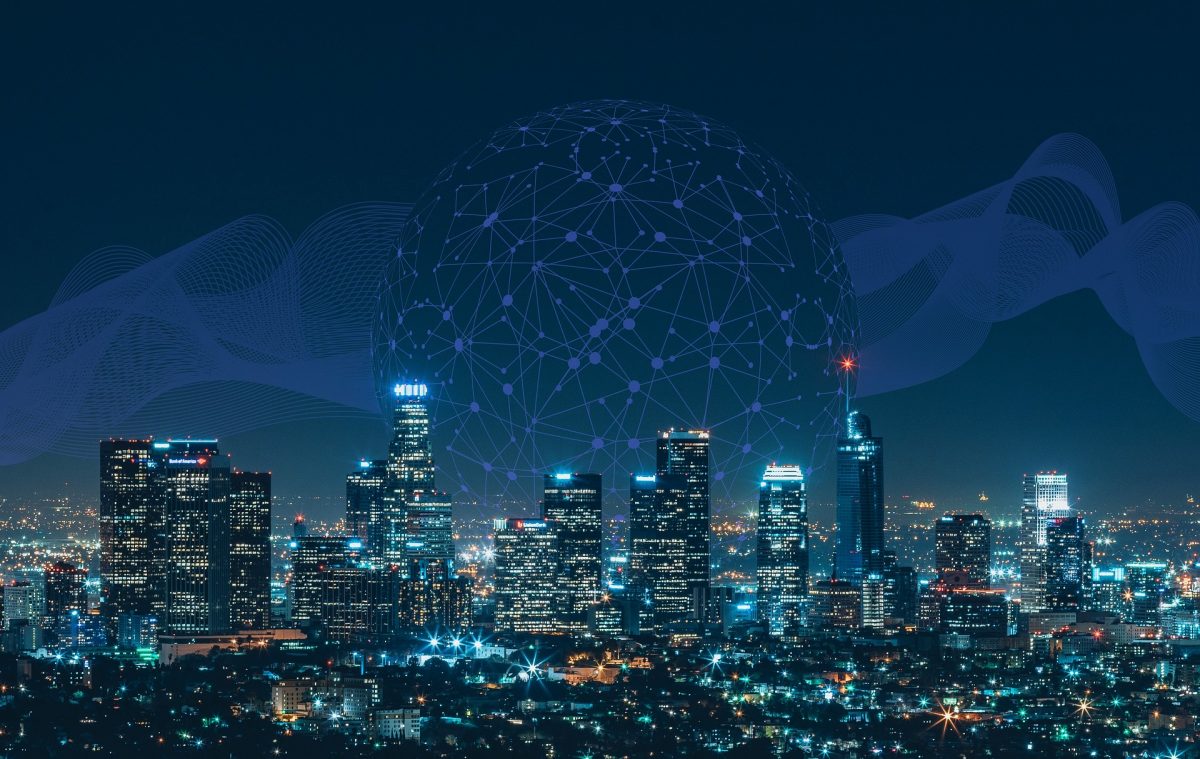Smart cities are no longer merely a concept, they exist and are already providing a range of benefits and services that make urban life better. Smart city technology refers to application or solutions that can be developed based on the data provided by Internet of Things (IoT) infrastructure so that cities can optimize their services and promote sustainable practices. By using IoT sensors a city becomes a framework of network connected objects that transmit data about their state through wireless technology.
Smart cities use technology solutions to improve city services and the lived experience of residents. IoT sensors, networks, and applications gather a variety of data including details of traffic congestion, energy usage and air quality. This data can then be used by technological solutions to improve city services such as utilities, transport and public services.
Applications for smart city technology are only in their infancy but are already providing a range of benefits in a number of areas as listed below:
• City Lighting – the cities of London and Quebec have installed smart street lighting. Smart street lights are wifi enabled, have a built-in camera, are a charging station for electric vehicles and phones and also measure air quality. They provide services and gather data to improve the life of city residents.
• Waste Management – cities are using technology to reduce waste and protect the environment. Some cities have removed garbage trucks altogether. Instead they use a smart garbage collection station where residents deposit trash that has been separated based on whether it is organic or combustible. When the station is full it uses high-pressure pipes to send trash directly to a recycling plant.
• Intelligent Public Transport – public transport vehicles send data about traffic flow and passenger to the city’s central management software which will then inform the public about the time of the next bus or train and provide information about any congestion or delays. Some cities also offer electronic timetables and route information systems through real-time displays at bus stops and train stations. Using a mobility application, consumers of public transport can see their options and the current conditions of the routes.
• Smart City Energy – cities are using big data analysis tools to meet the challenge of managing power use efficiently. By making the city grid smart through IoT technologies they analyze power consumption in real time to predict usage patterns and plan energy distribution as efficiently as possible.

No Comments